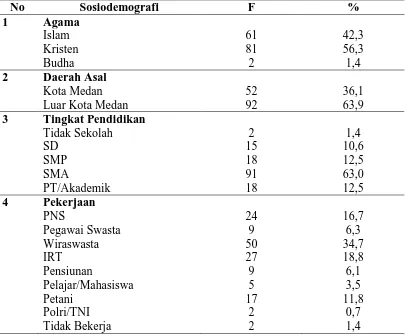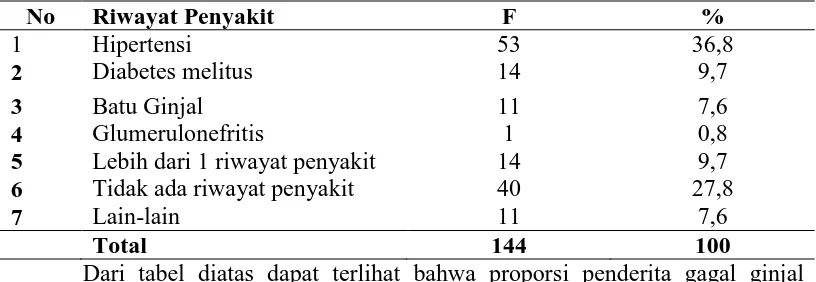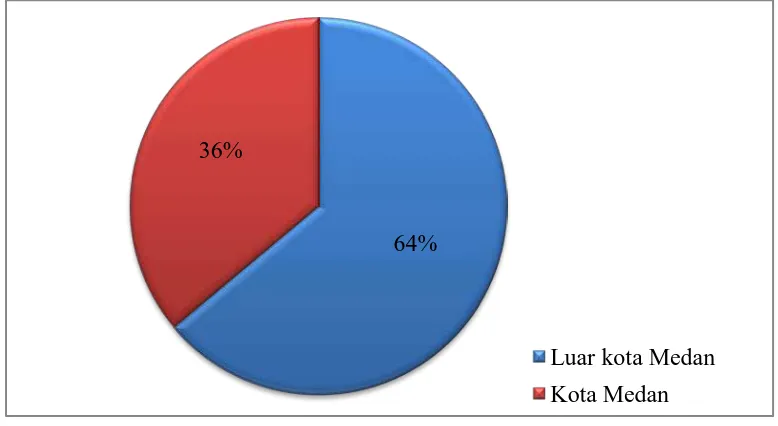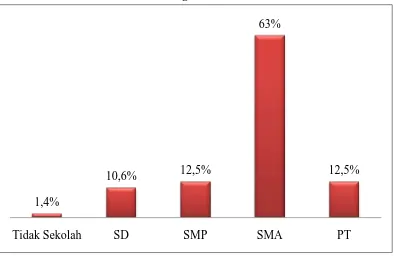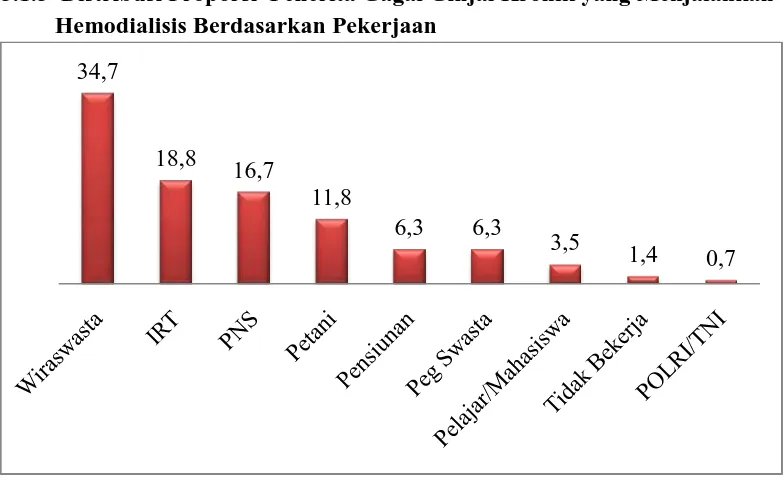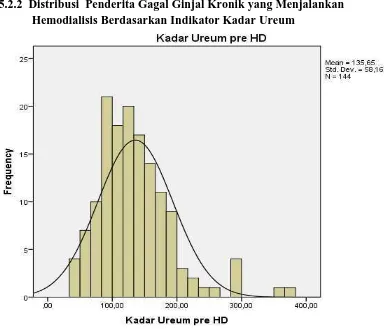Informasi Dokumen
- Sekolah: Universitas Sumatera Utara
- Mata Pelajaran: Kedokteran
- Topik: Karakteristik Penderita Gagal Ginjal Kronik di Unit Hemodialisis RSUP. Adam Malik Medan Tahun 2015
- Tipe: thesis
- Tahun: 2015
- Kota: Medan
Ringkasan Dokumen
I. Introduction
The study focuses on the characteristics of chronic kidney disease (CKD) patients undergoing hemodialysis at RSUP Haji Adam Malik in Medan during 2015. It aims to provide insights into the demographic and clinical profiles of these patients, which is crucial for improving healthcare services and educational programs for medical staff. Understanding the characteristics of CKD patients is essential for tailoring treatment approaches and enhancing patient outcomes.
II. Methodology
This research employs a descriptive study design with a case series approach, conducted at RSUP Haji Adam Malik. The population included all CKD patients receiving hemodialysis, totaling 144 individuals. Data were collected from medical records and analyzed using descriptive statistics. This methodology allows for a comprehensive understanding of patient demographics and clinical status, which is vital for educational objectives aimed at healthcare improvement.
III. Results
The findings reveal significant demographic data, indicating that the majority of CKD patients are male, aged 40-49 years, and predominantly from outside Medan. Additionally, educational levels were highest among those with a senior high school background. This demographic information is essential for medical education, guiding healthcare providers in developing targeted health interventions and community health programs.
IV. Clinical Status and Treatment
The study highlights that hypertension is the most common comorbidity among CKD patients, followed by diabetes mellitus. The average levels of urea and creatinine before hemodialysis were significantly elevated, indicating severe renal impairment. These clinical insights are crucial for medical education, as they emphasize the need for early detection and management of comorbid conditions in CKD patients to improve treatment outcomes.
V. Discussion
The discussion section interprets the results, linking the demographic and clinical characteristics of CKD patients to broader health trends. The predominance of hypertension and diabetes as risk factors underscores the importance of preventive healthcare education. This analysis can inform future training programs for healthcare professionals, emphasizing the integration of lifestyle modifications and patient education in managing CKD.
VI. Conclusion and Recommendations
The study concludes that understanding the characteristics of CKD patients is vital for improving healthcare delivery and educational strategies. Recommendations include enhancing patient education on CKD management and increasing awareness of the importance of regular health check-ups for early detection of renal issues. This knowledge is essential for medical curricula and ongoing professional development for healthcare providers.

